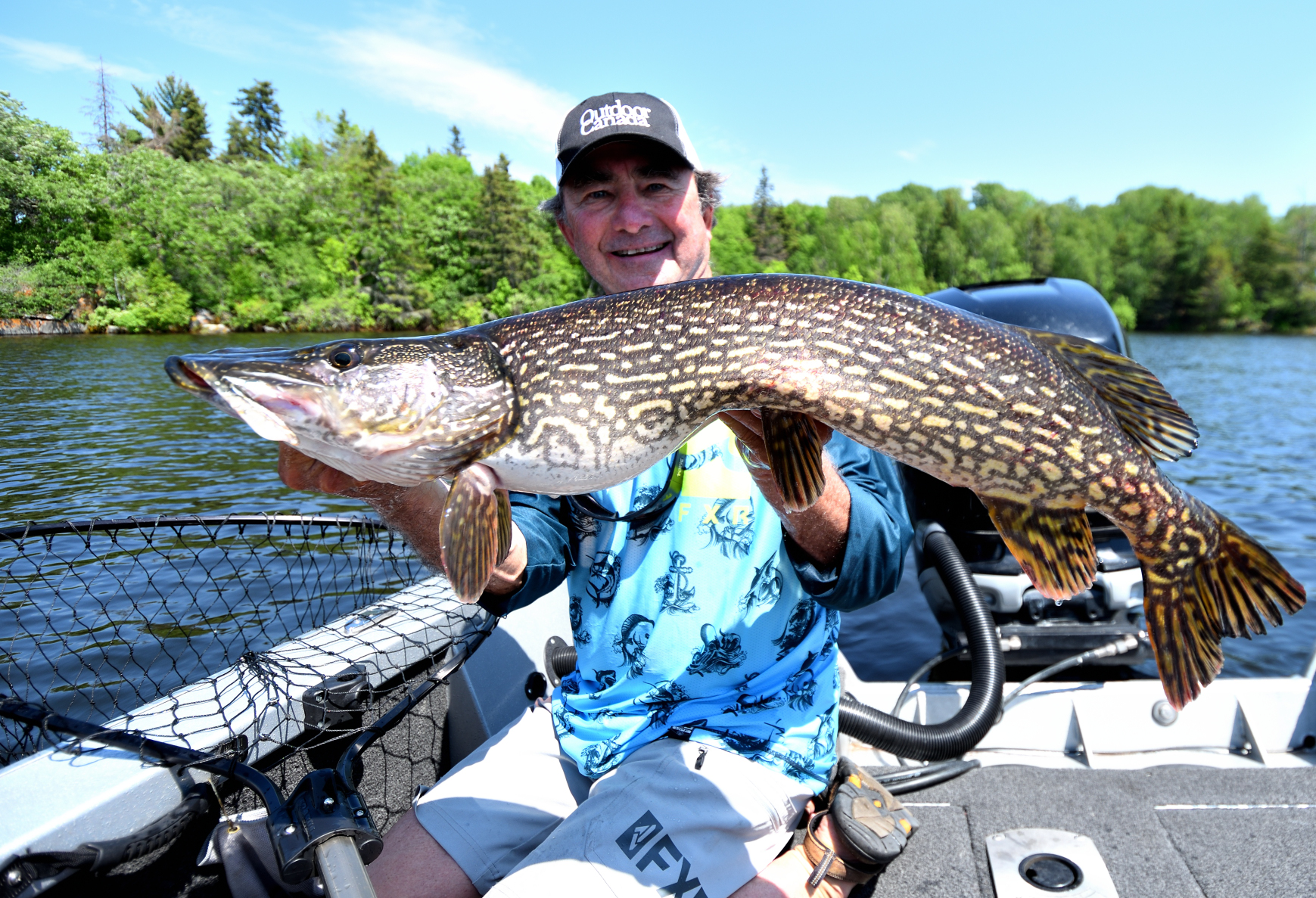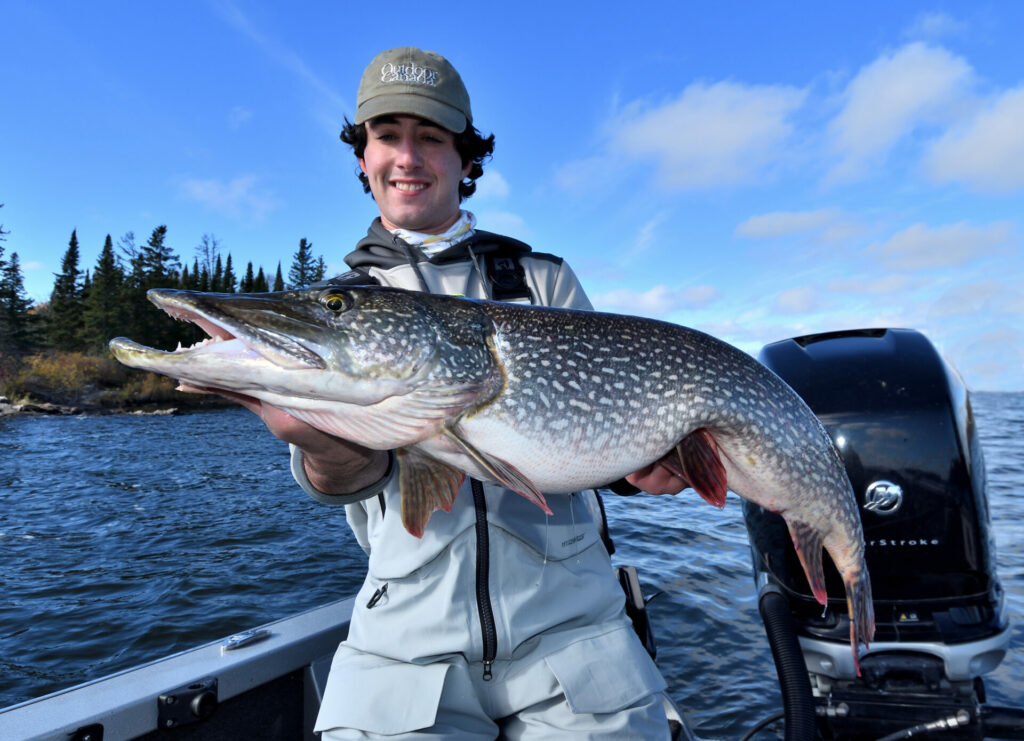THE MYSTERY OF BIG-FISH SPOTS
Sometimes we just don't know why fish like a spot—and that's okay
Advertisement
One of the things I enjoy about fishing is that we will never fully understand why the fish behave the way they do. Some mystery will always remain. Oh, for sure, we’ll drum up theories, and even half bake a bunch of them. But the fact of the matter remains that we’ll never know for sure if our reasoning is right. Take what happened the other day when Liam and I visited one of our favourite spots for big toothy critters.
Truth if the matter is that it’s flattering to even call it a “spot” because it is nothing more that a kitchen table-size sheet of water-washed granite, shaped like a whale’s back, that looks like every other sheet of whale-backed granite in the lake. But—and this is a big but—you can almost bank on catching a good fish around it, regardless of the season.
Advertisement
In fact, the last time we were here, on last Halloween, Liam hooked a gorgeous northern pike by casting to the edge of it. The other day, it was my turn to nab a nice toothy. I fought it to the side of the boat where Liam netted it for me, then I removed the hook and let her swim away.
“Why do we always catch nice fish here?” Liam wondered out loud.
Advertisement
“Big fish spots are simply big fish spots,” I said profoundly. How’s that for cogent thinking?
“Yeah, I guess,” Liam agreed. “Lyndon (his friend) always says that if there are any pike on a muskie spot, you will catch them first.” And with those pearls of wisdom out of the way, wafting in the hot humid 34°C air, I fired out my next cast. And almost popped my eyes out of my head.
Advertisement
When my bait—a silver bladed Mepps Musky Killer with white bucktail—was fewer than five feet from the boat, the biggest muskie I have ever seen snuck in from the nose of the boat. Liam went berserk when he laid eyes on the mother gator, and I have to confess, I got a little unhinged, too. I almost forgot muskies could get that big. But coming in from the side like she did forced me to start my figure eight in the wrong direction, moving it alongside the boat toward the back. In retrospect, I wonder if I should have run the lure right into her snout, forcing a reflex reaction, instead of pulling and figure-eighting it away. Regardless, she swung around a couple of times—like a dog chasing its tail—and slid out sight.
“Oh, my gawd, Liam said. “She was well over 40-pounds. That is the biggest muskie I’ve ever seen.” And with that out of the way, we were back to speculating why this one unremarkable sheet of rock always has big fish around it.
Part of the reason, we concluded, is because it lies immediately adjacent to the main lake and deep water. We can turn around, for example, make a long cast and drop our baits into 40, 50, even 60 feet of water. So the fish have an excellent escape route. That deep water also harbours the ciscoes and whitefish that are prime northern pike and muskie forage. But so do so many other similar—and arguably even better-looking—pieces of nearby structure and cover. So why this one?
In honest truth, this rock is probably the least remarkable looking, most ho-hum of the many structures in the immediate vicinity, yet it is the one that almost always produces a big fish. There is no feeding shelf around it, nothing special on the bottom and no additional forms of cover. Strangely, too, I almost never mark schools of baitfish and rarely do we see walleye, bass or perch on the sonar screen. Yet it is the home of giants.
I am sure many of you reading this have similar big fish locations that seem completely illogical and totally unexplainable. The best I can come up with is that big fish spots are simply big fish spots.
See you out on the water.


